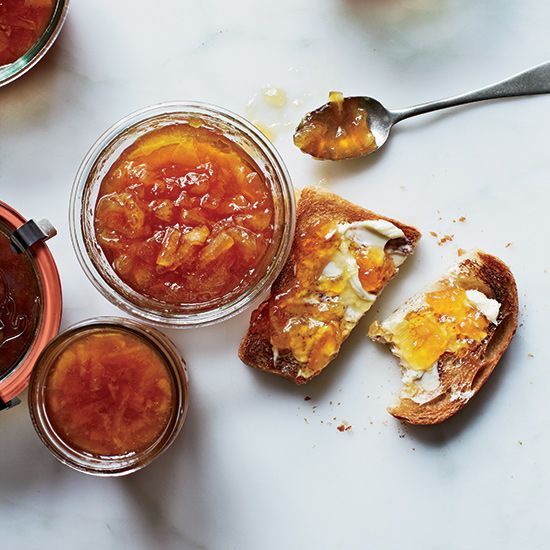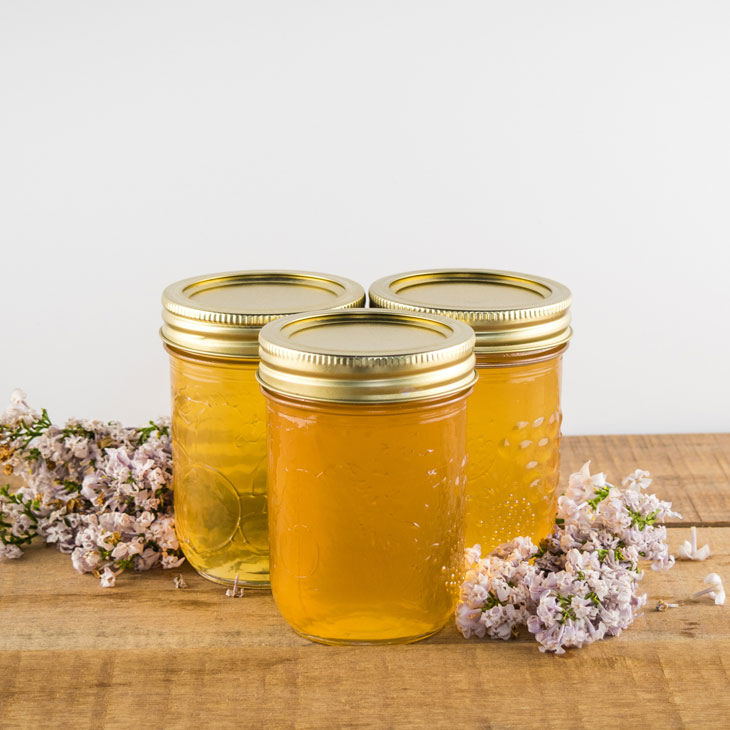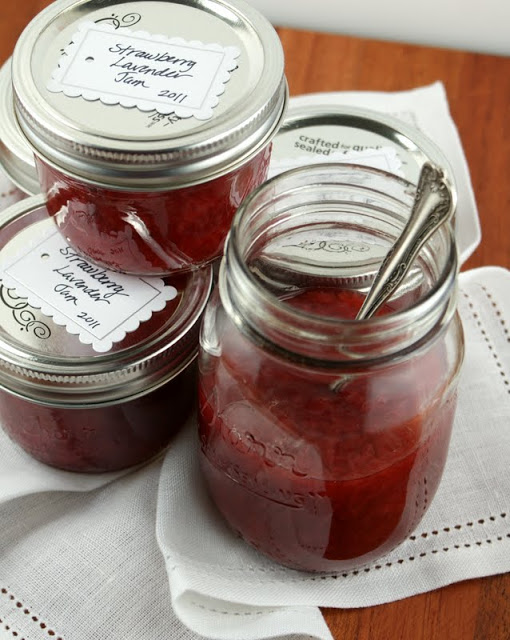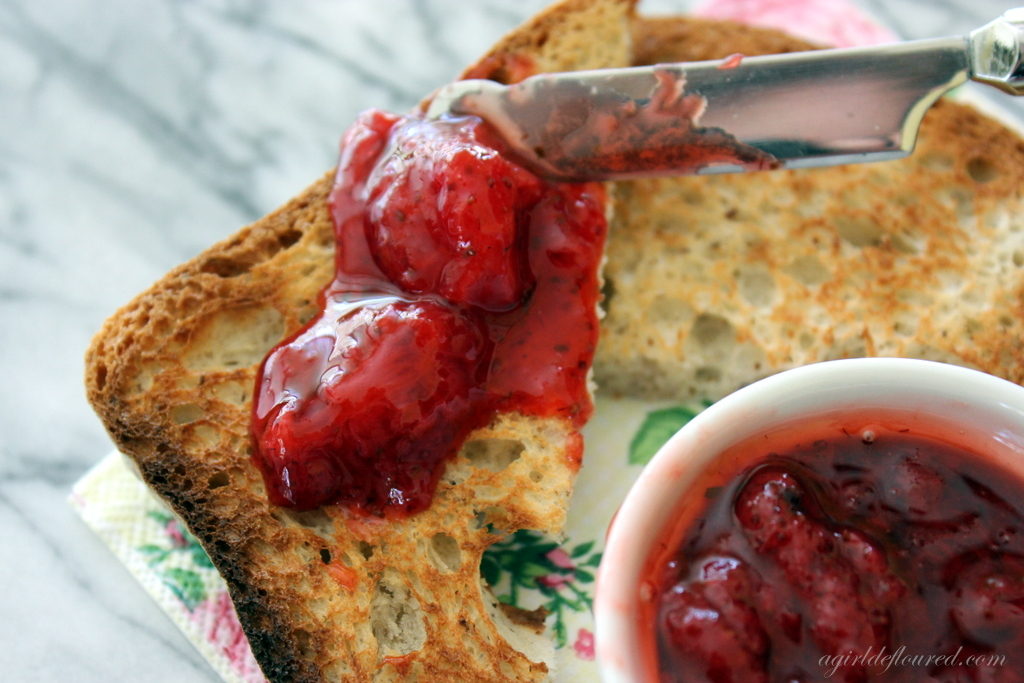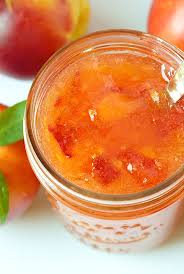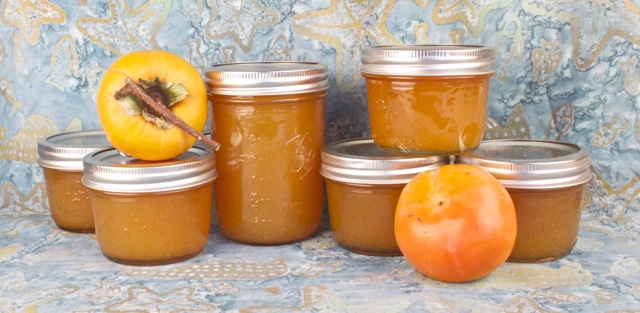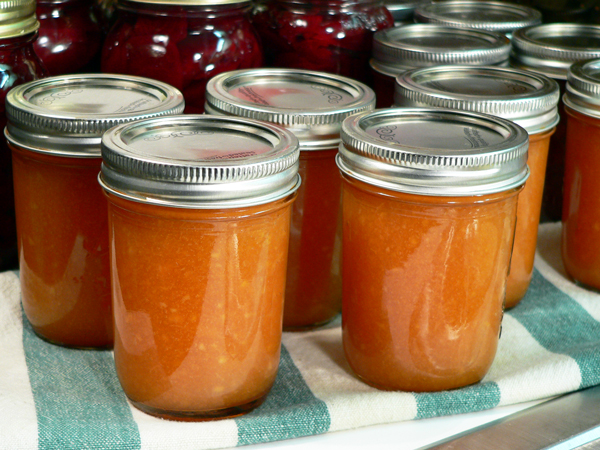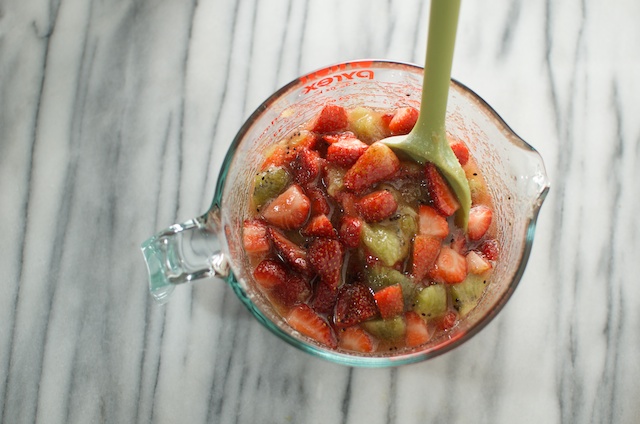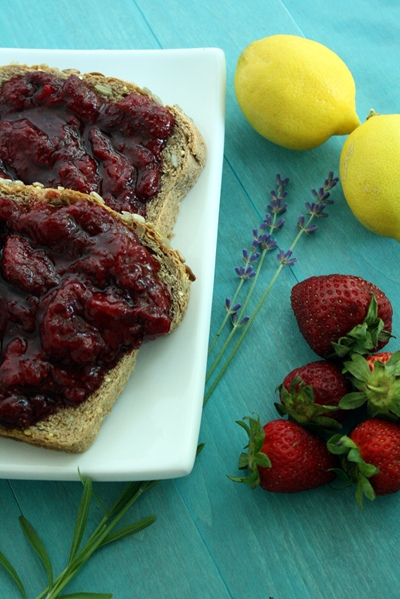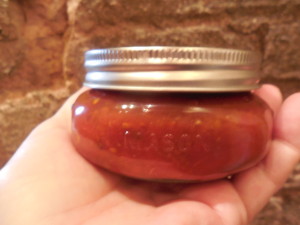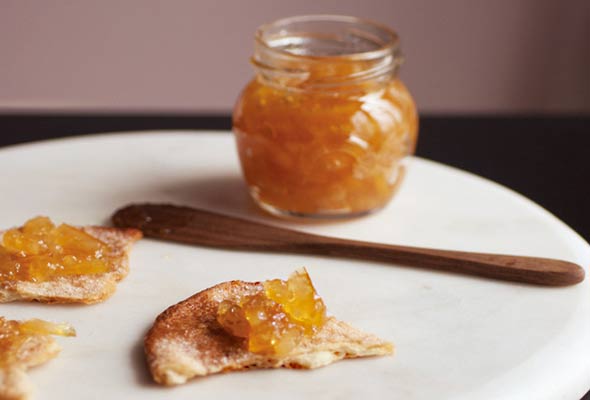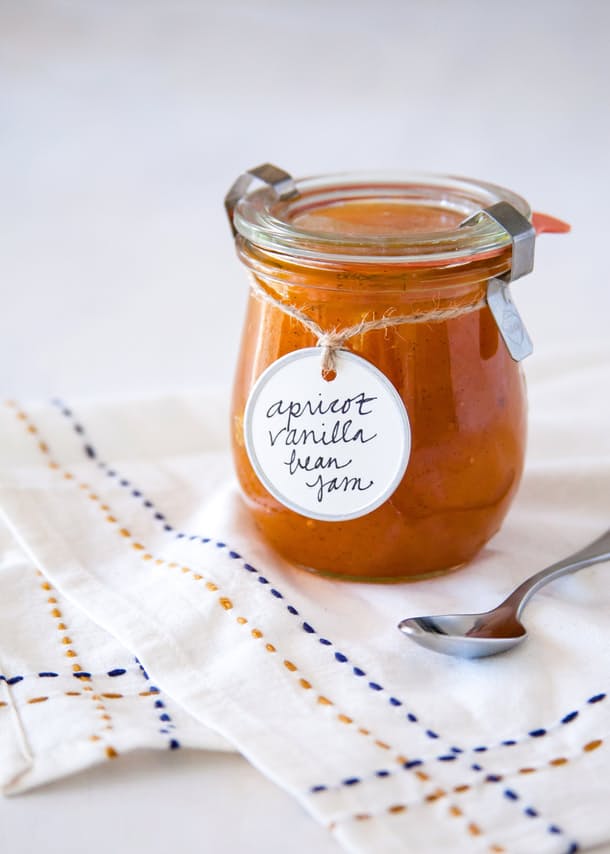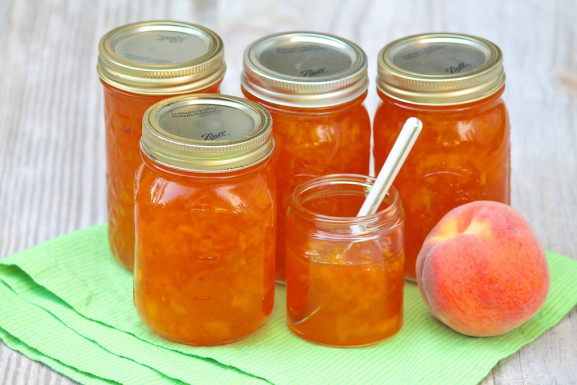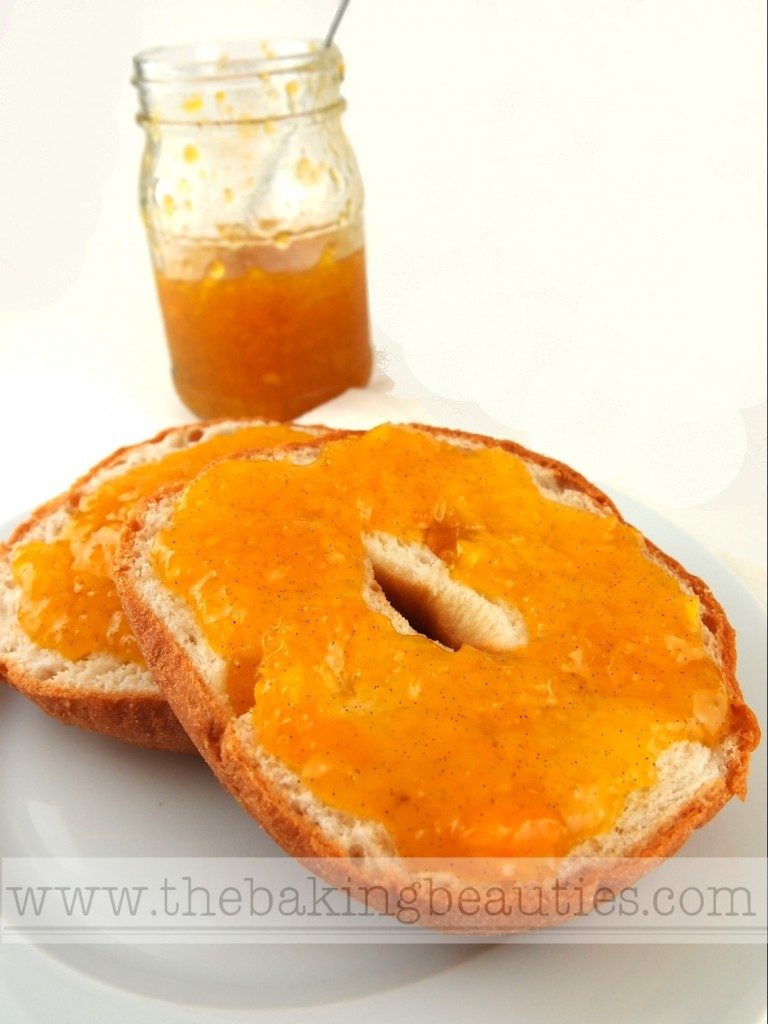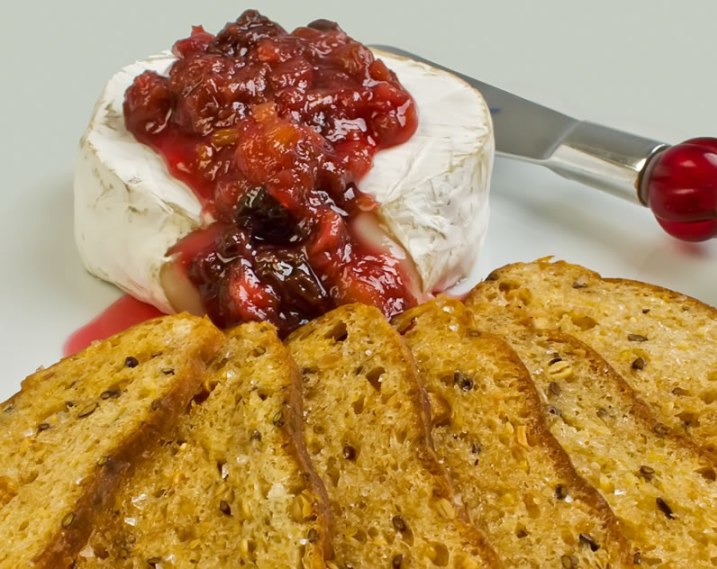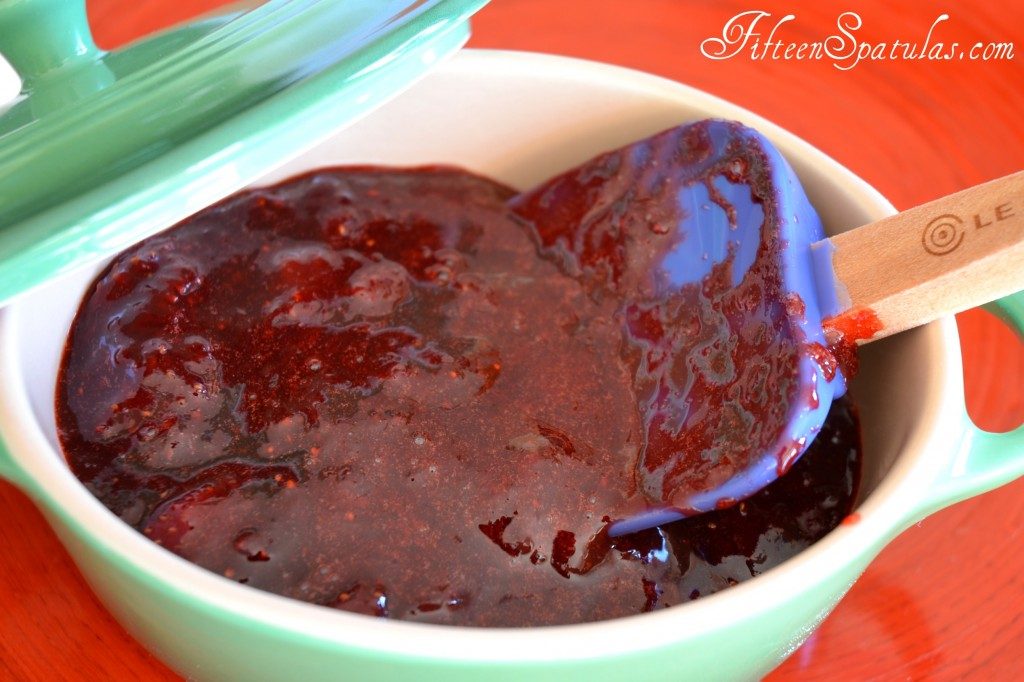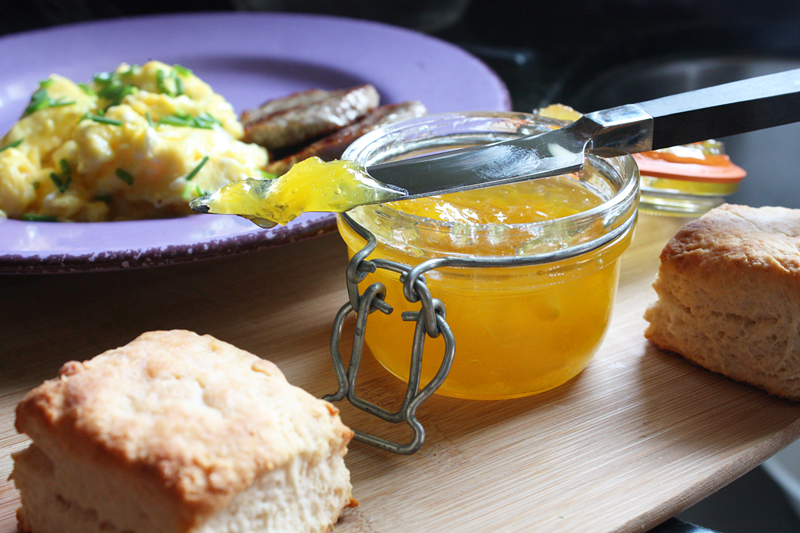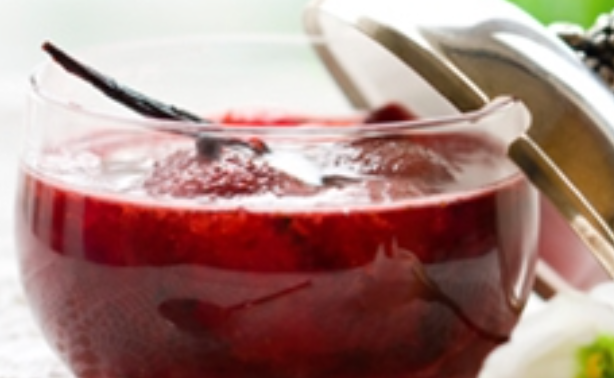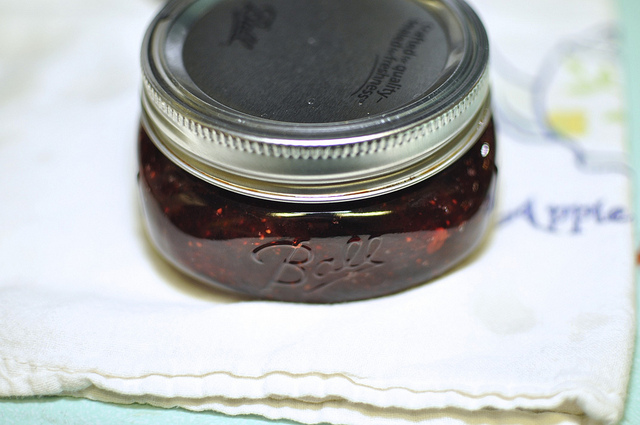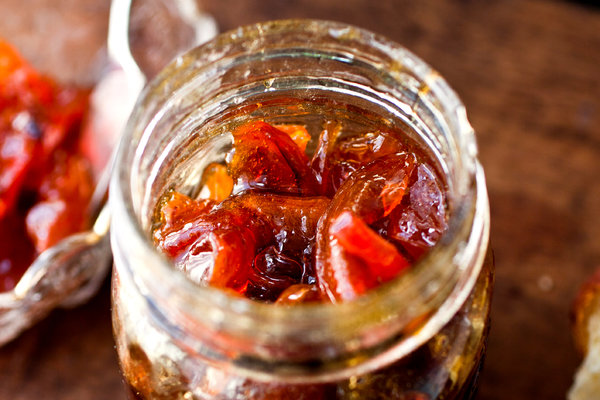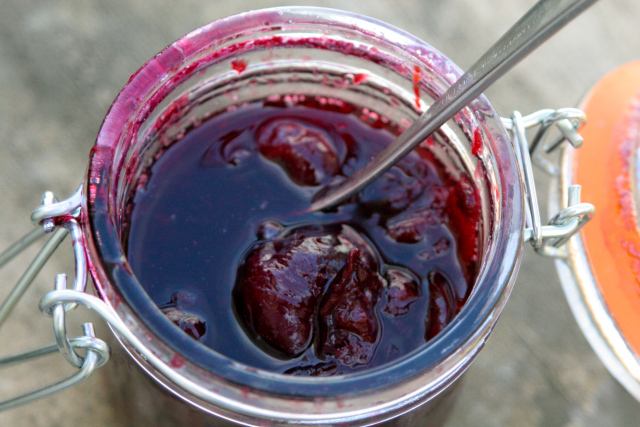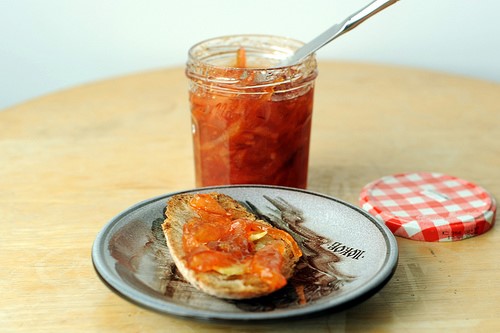 5 C. of Sugar
5 C. of Sugar
1/8 tsp. Butter
1 1/2 C. of Water
2 Medium oranges
1 Medium Size Blood Orange
1 Large Regular Lemon
1 Large Meyer Lemon
1/8 tsp. Baking Soda
1 Pouch of Liquid Pectin such as Sure Jell
Measure sugar into a bowl, top with 1/8 Tsp. butter, cover, and set aside. Pour water in a large saucepan, cover with a lid and set aside. Using a zester, carefully remove zest from all of the fruit and place in the large saucepan, stir into the water, cover with the lid and set aside. Try not to remove any of the white part, known as the pith, as it will give your marmalade a bitter flavor. Segment and chop all of the fruit, catching their juices in a non reactive bowl. (Be sure to remove all pits.) Cover bowl of fruit and juices and set aside. Add baking soda to water and zest. Bring to a boil, reduce heat to medium low, cover, and simmer for 2o minutes. As the zest simmers for 20 minutes, it is a good time to check the dishwasher cycle to be sure it is still on heated dry, re-read instructions for filling and sealing jars, and it is a good time to wash, dry, and put away all dirty dishes used so far. Place Liquid Pectin Pouch standing up in a glass measuring C. and cut off the top of the pouch using clean scissors. Set the pectin near the simmering zest, so it will be handy, when ready to use. As soon as the zest mixture is done simmering, turn the heat up to high and add the fruit, juice, sugar, and mix well. Bring water in the water bath canner, tea kettle, and small sauce pan back to a heavy rolling boil. Quickly remove small saucepan full of boiling water from the stove and place on a trivet. Place clean lids in the water, cover, and allow to rest, until ready to use. Turn heat under tea kettle down to medium low. Bring jam to a heavy rolling boil that will continue even as mixture is stirred. Reduce heat to medium or medium low so mixture is bubbling gently. Continue to stir as mixture simmers for 8 minutes.*It is very important to stir constantly so mixture will not burn. Turn heat back up to high and bring mixture back up to a rapid boil for 1 minute. Add pectin and bring mixture back up to a boil, stirring constantly for 1 more minute. Remove marmalade from the heat, set on trivet, and quickly skim off any foam with a metal skimmer. Remove 1 hot jar from the dishwasher, place funnel on top of jar, and ladle marmalade into jar, being sure to leave 1/4 th of an inch head space. Remove the funnel, use bubble freer to remove bubbles from jar, slightly wet the clean paper towels with water and use to wipe any jam from the top of the jar. Using lid wand, remove 1 lid from the small saucepan of water, line up and place on top of the jar and screw band on, making sure the band is not too tight. Lift canning rack; latch onto sides of canner, and using jar lifter, place jar of marmalade on the rack. Continue this process till all jars are full and are resting lid side up on the rack. The jars should all be half covered with boiling water at this point. Gently lower rack in to the boiling water. The jars should be covered with 1 – 2 inches of water. If more water is needed, pour boiling water from tea kettle into the water bath canner at this point. Bring water in water bath canner to a boil and process the jars for 10 minutes. Meanwhile, begin to clean up the kitchen and set down a dish towel to place under the hot processed jars of marmalade while they cool. (Setting hot jars on a cool surface may cause them to shatter.) Turn off the heat, remove the lid, and allow the pot to cool for 5 minutes. Lift canning rack, latch onto sides of canner, carefully remove jars one by one with the jar lifter, and place 1 – 2 inches apart of the clean dish towel. Do not tilt jars to remove water from the lid as this may affect the seal. The water will easily evaporate from the heat of the jar. Listen for and count the pings, the sound that the jars make as they seal. Allow jars to sit for 24 hours before removing bands and checking lids to be sure they are sealed. Store homemade marmalade in a cool dark place such as a basement for up to 1 year.
Yield:
Calories:
Fat:
Fiber:
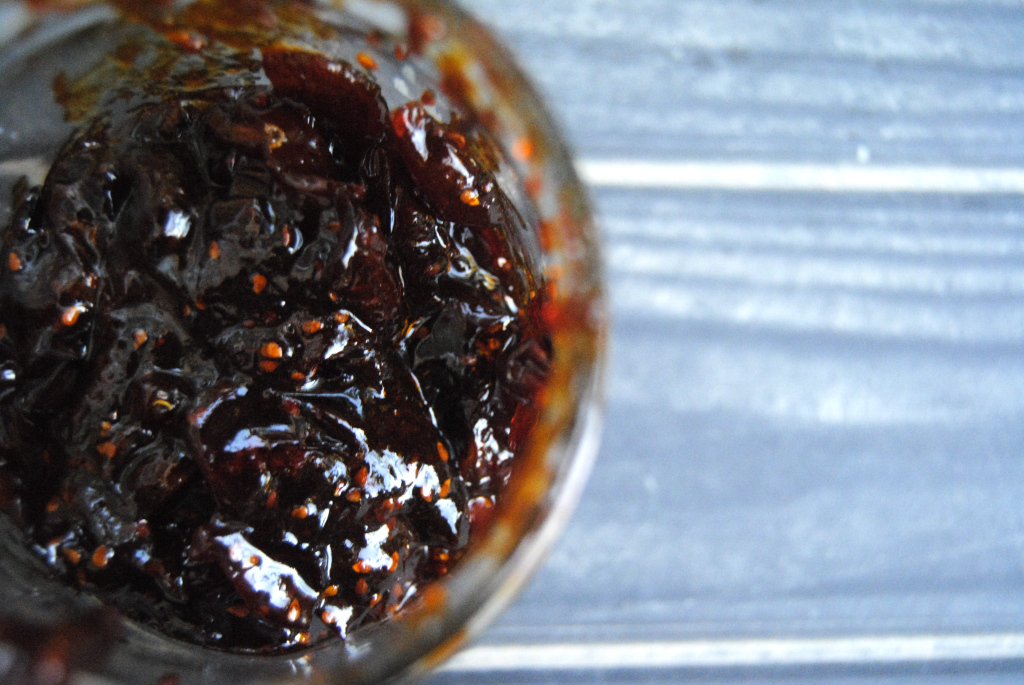
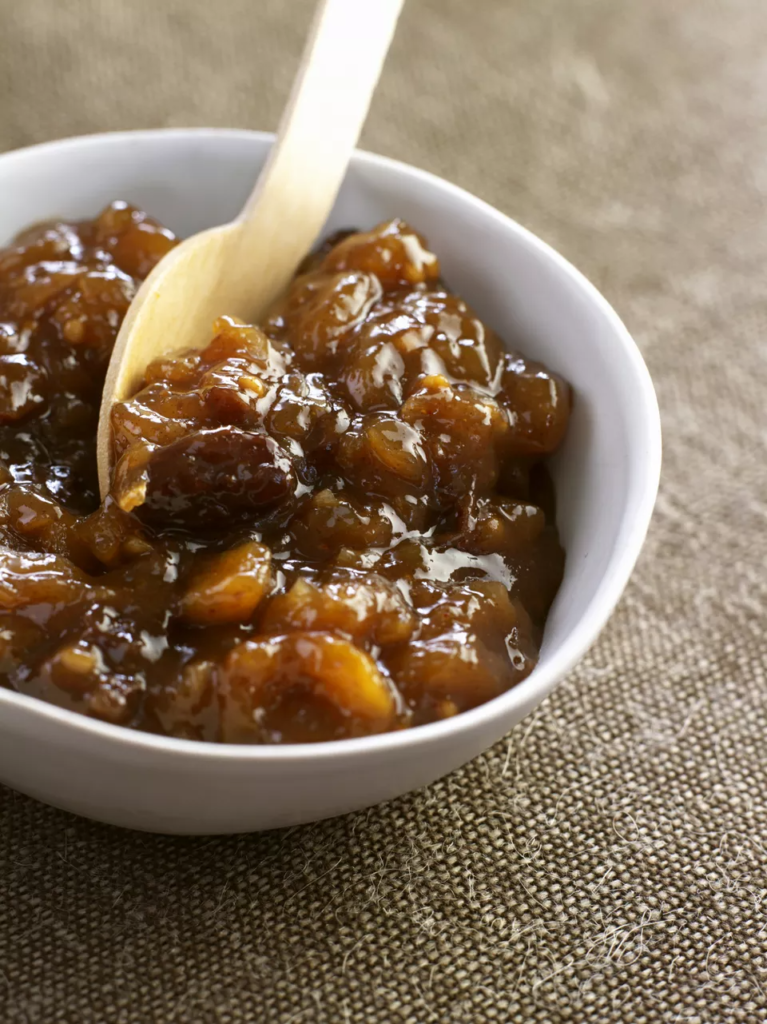
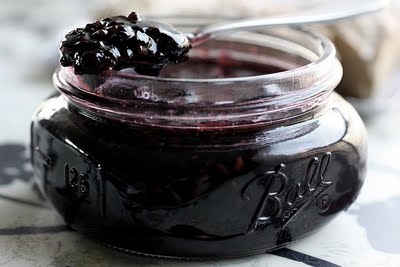
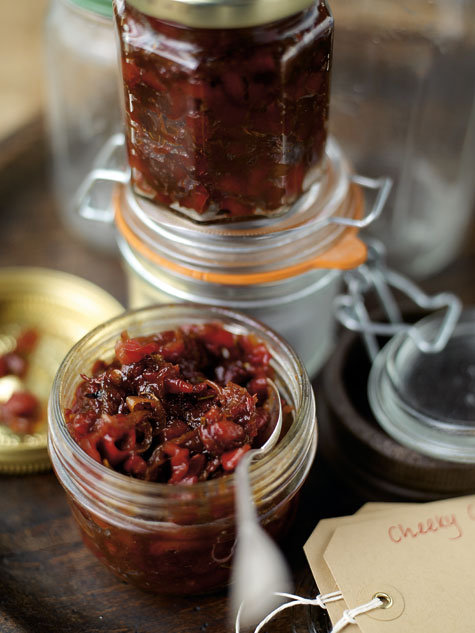
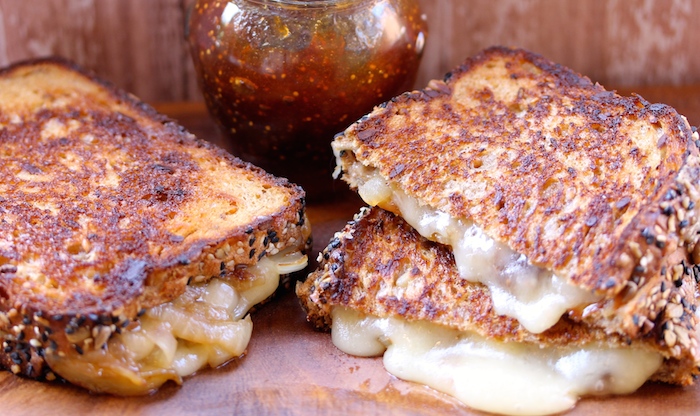
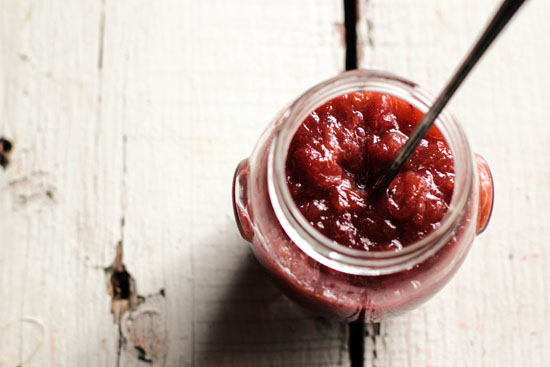
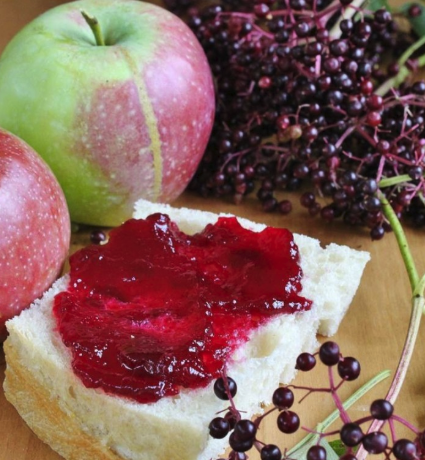
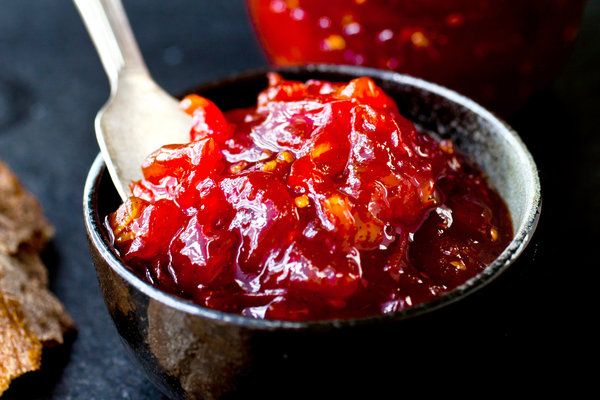
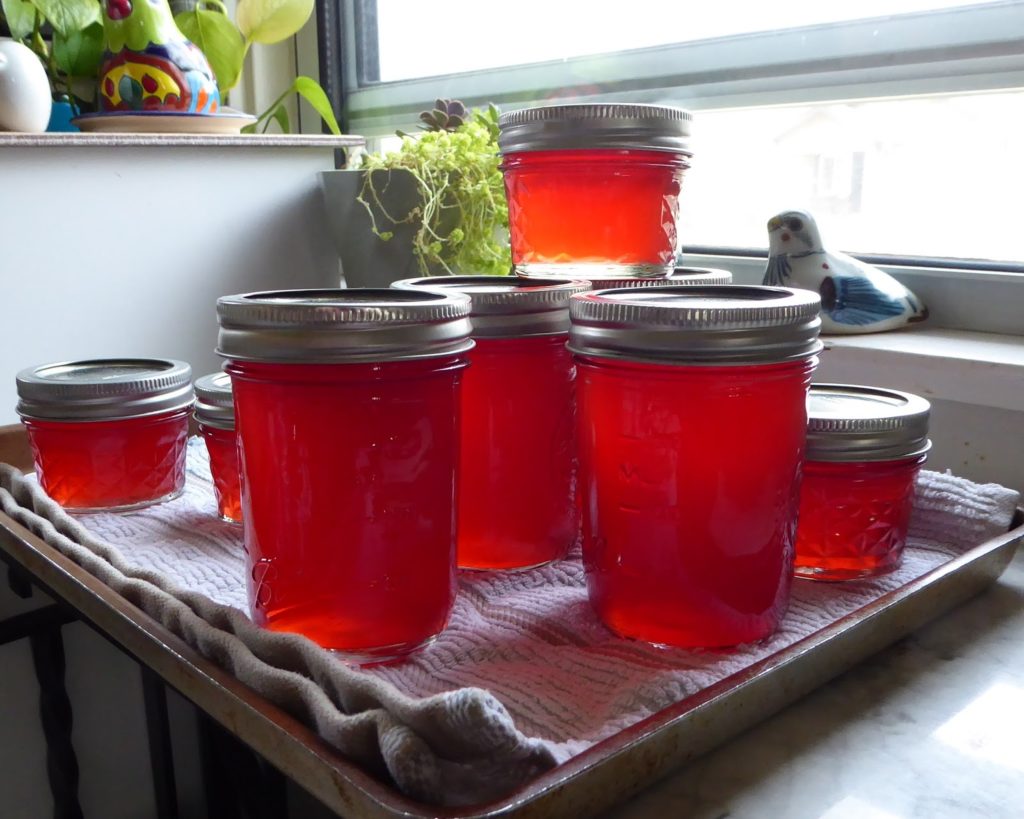
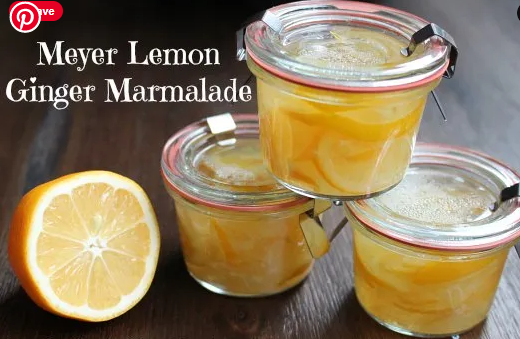
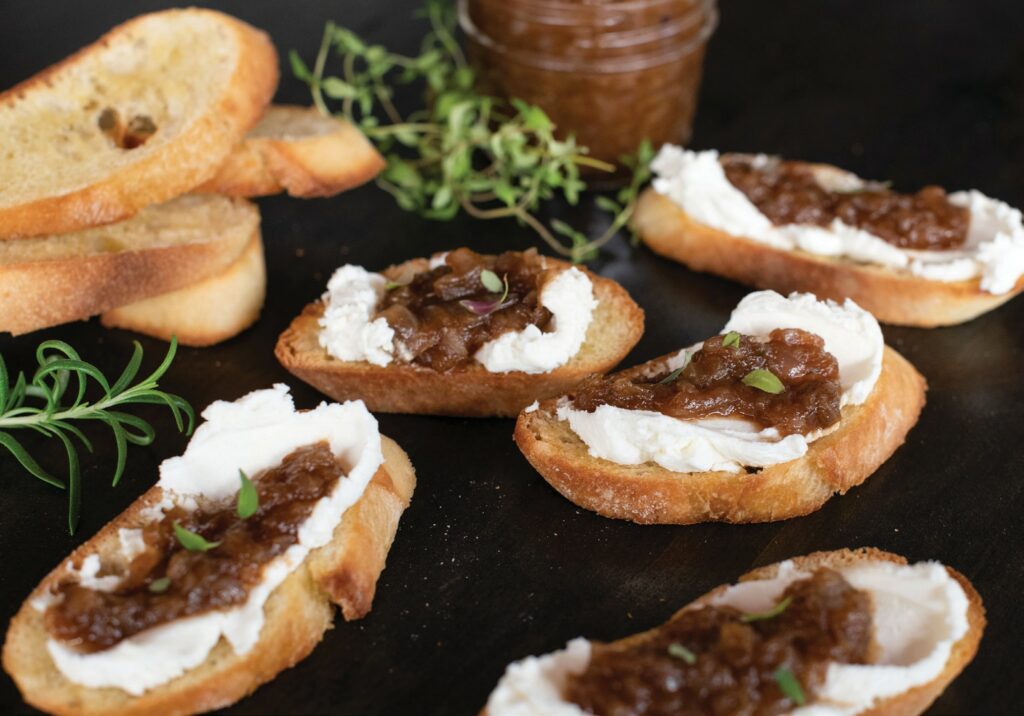 3 large Spanish onions
3 large Spanish onions